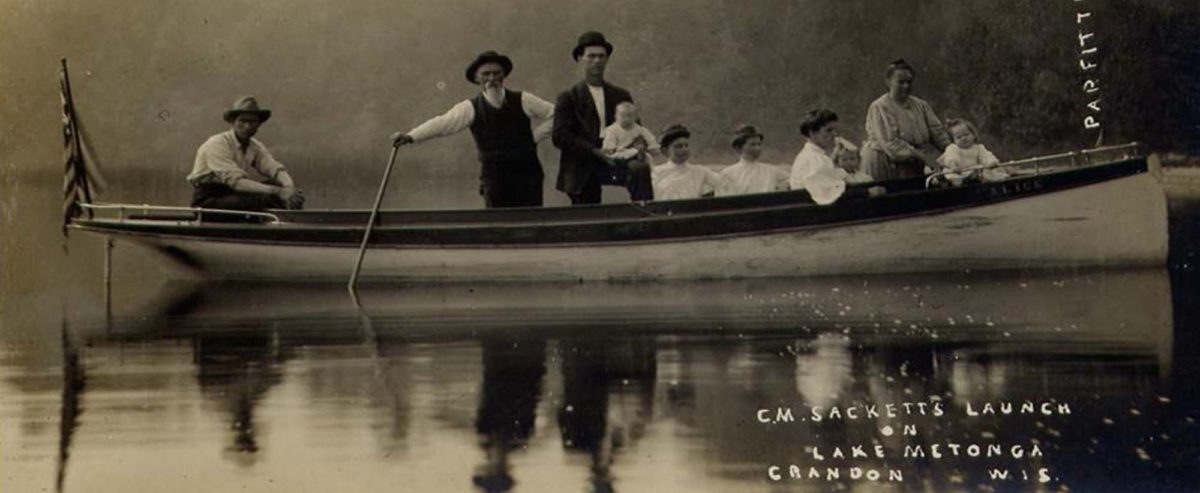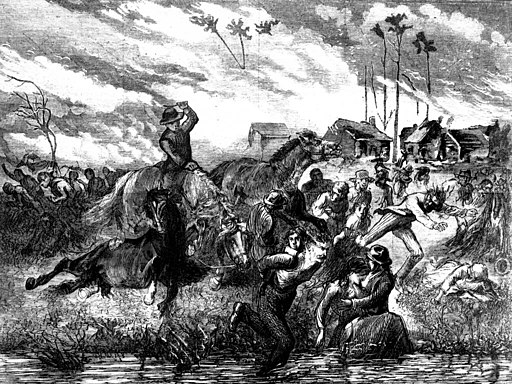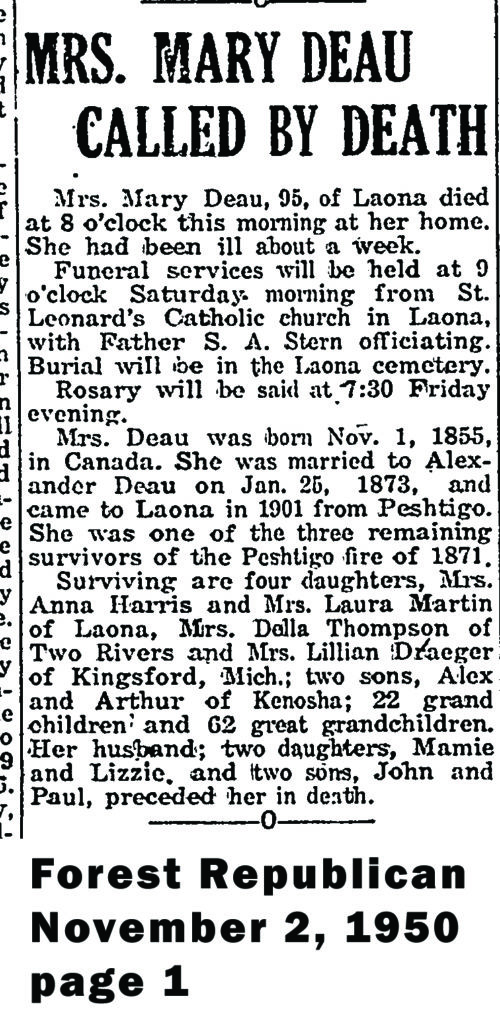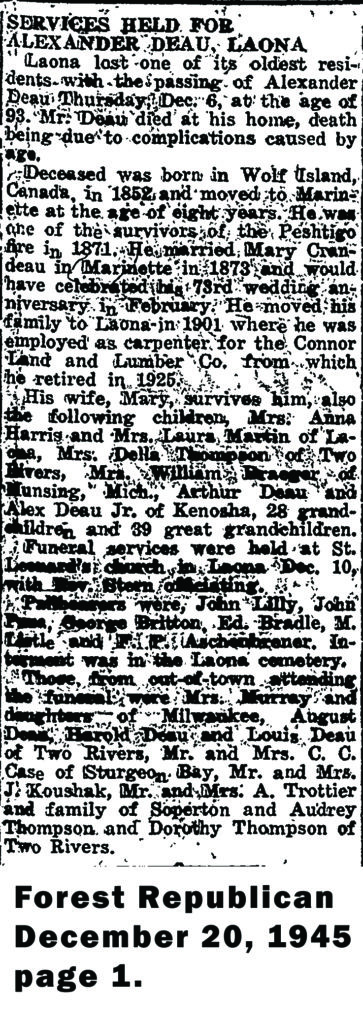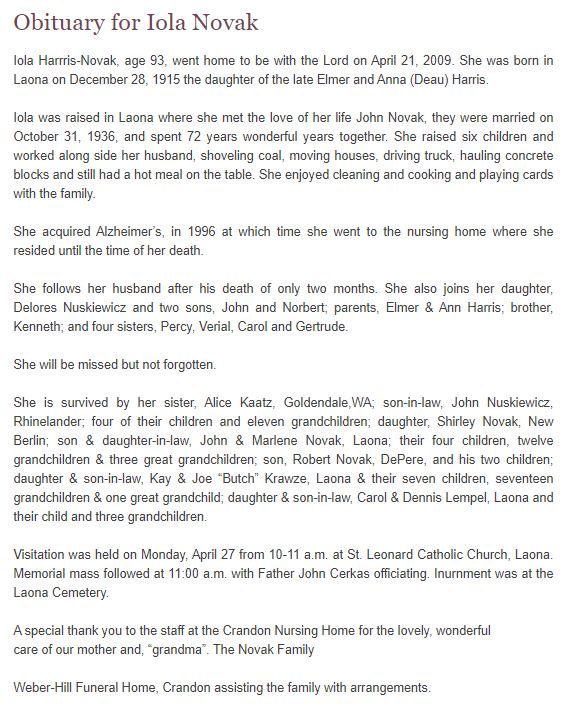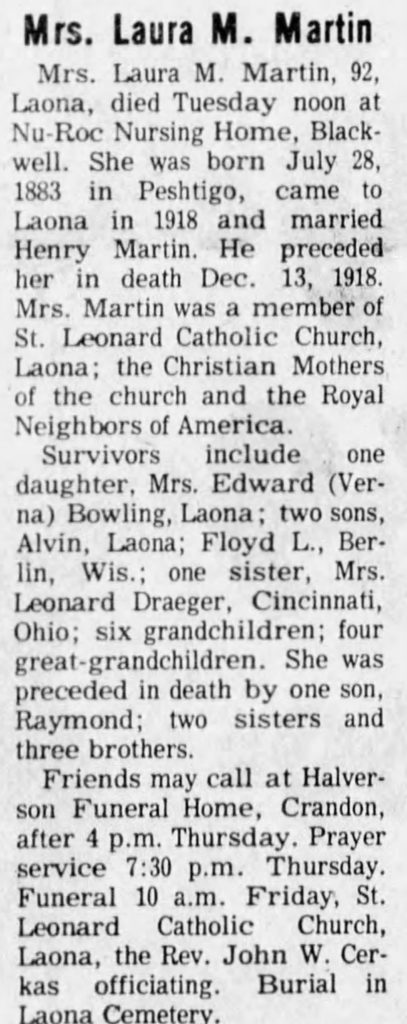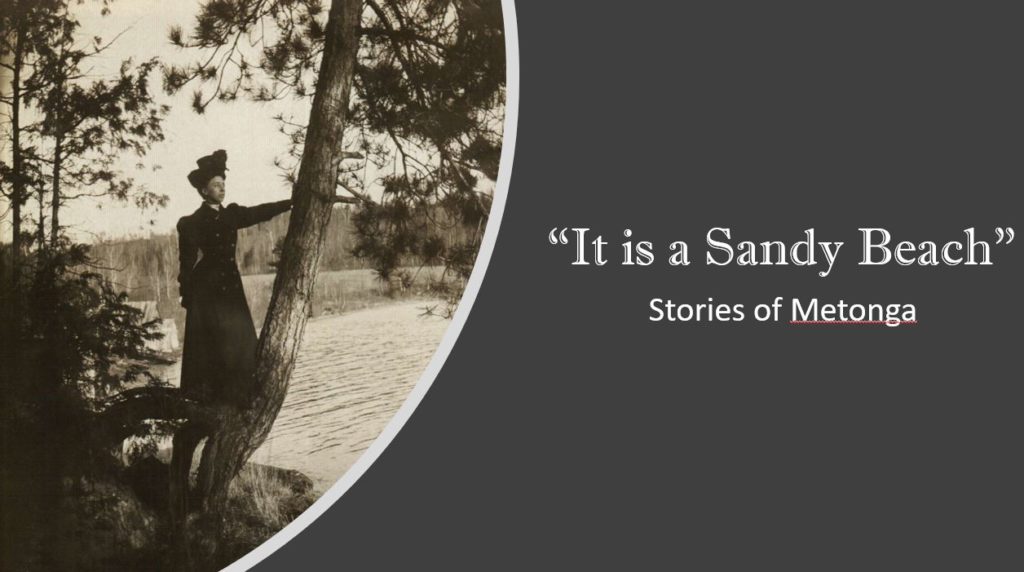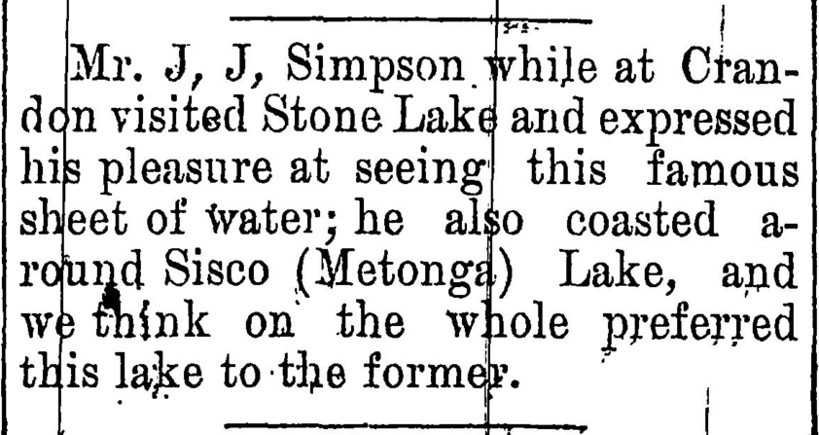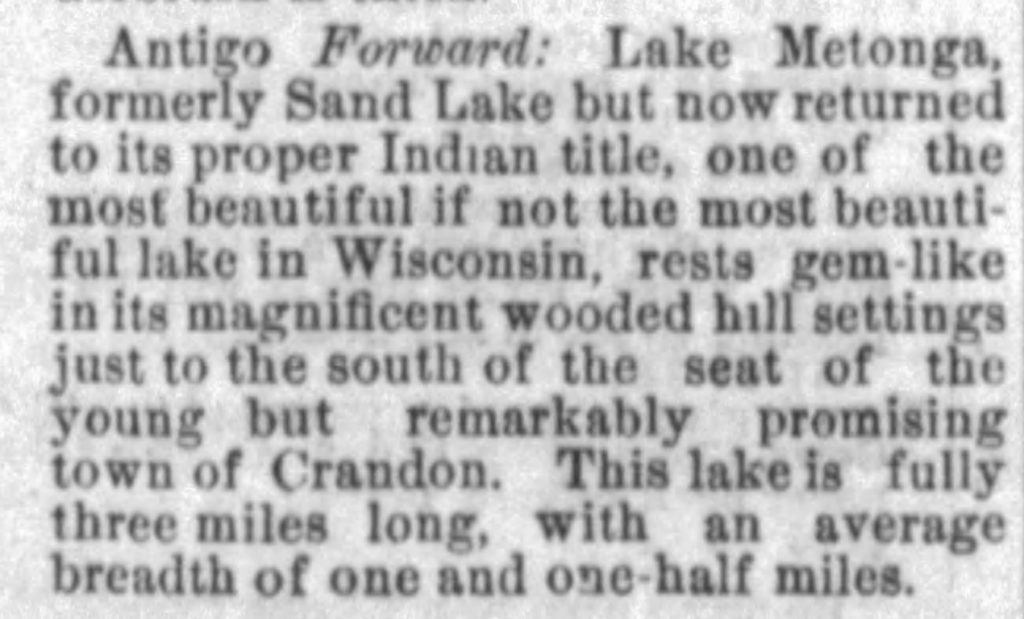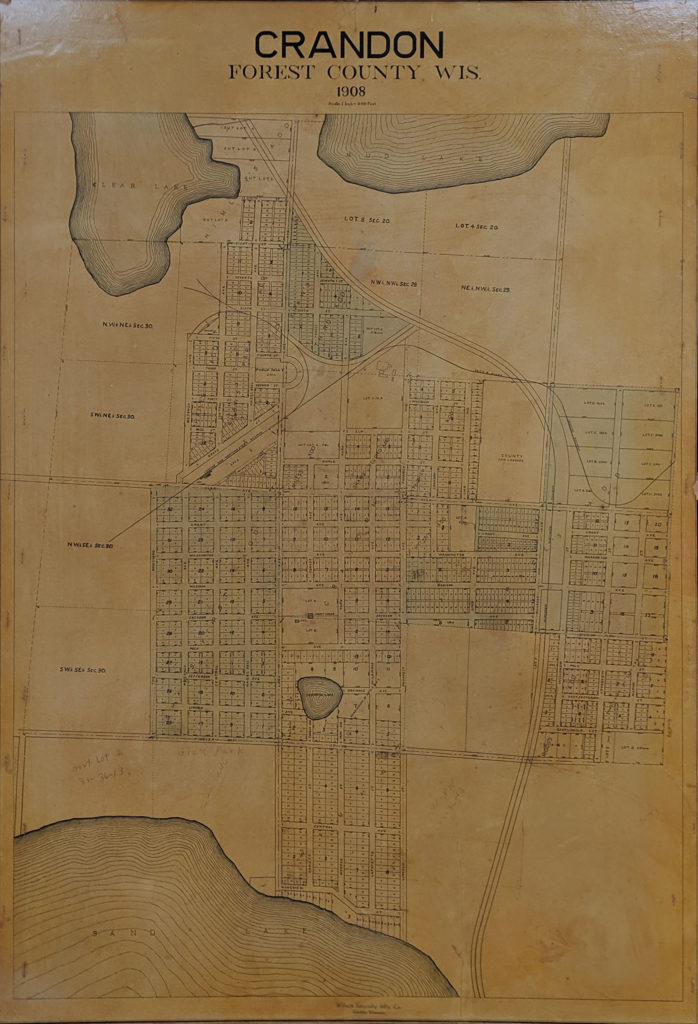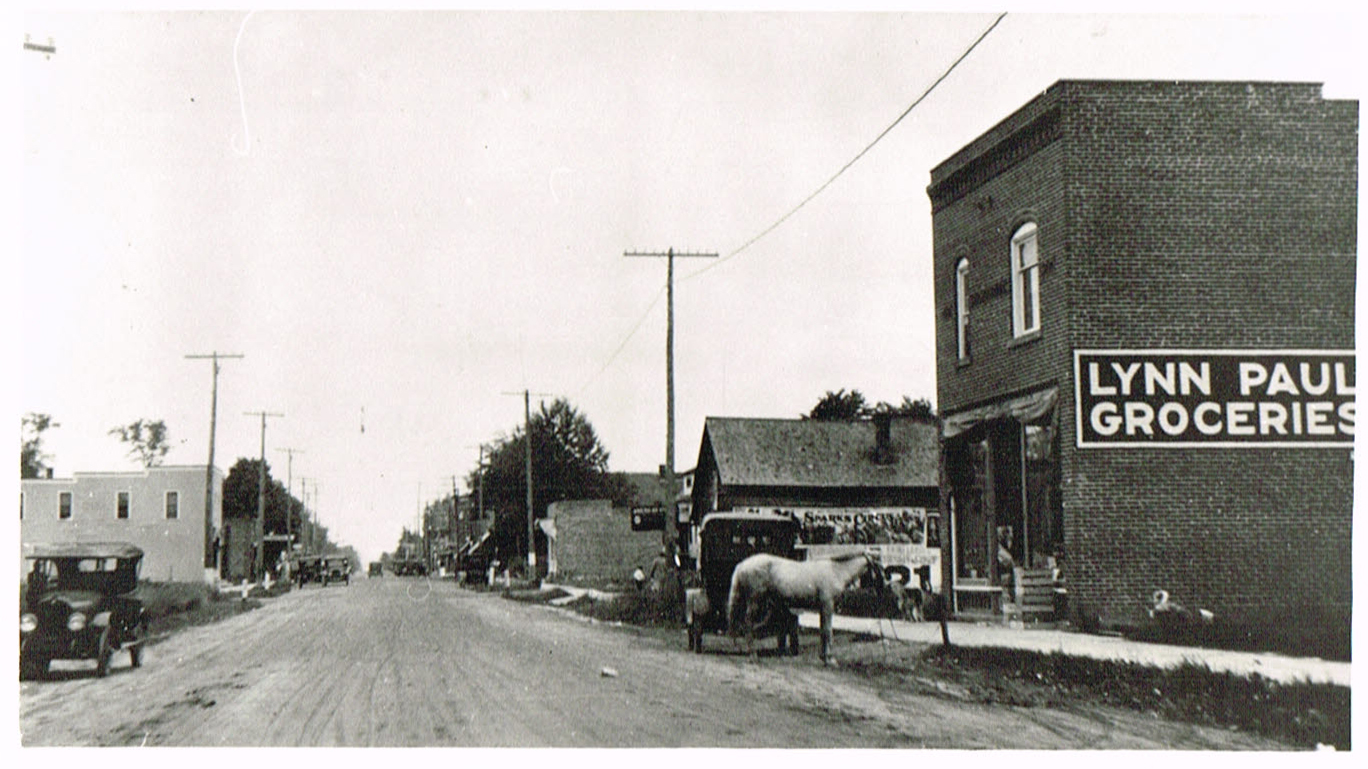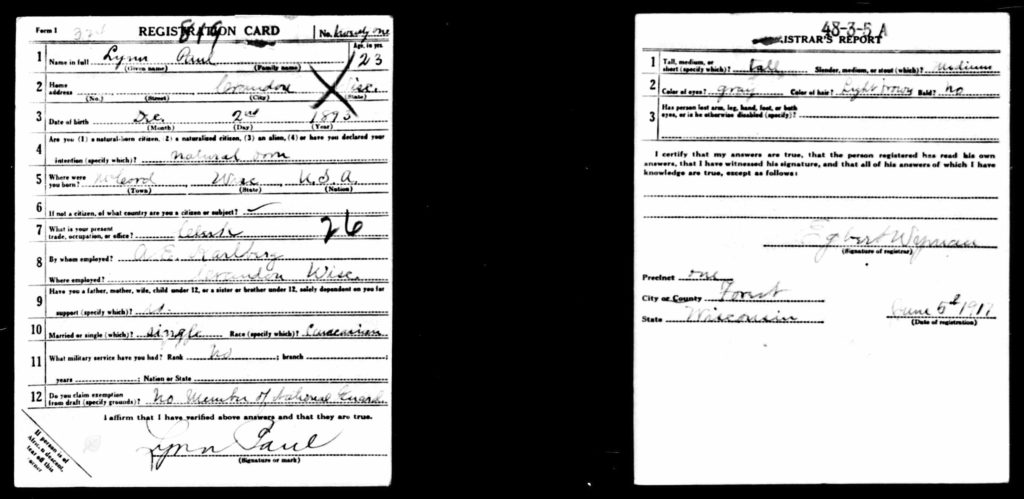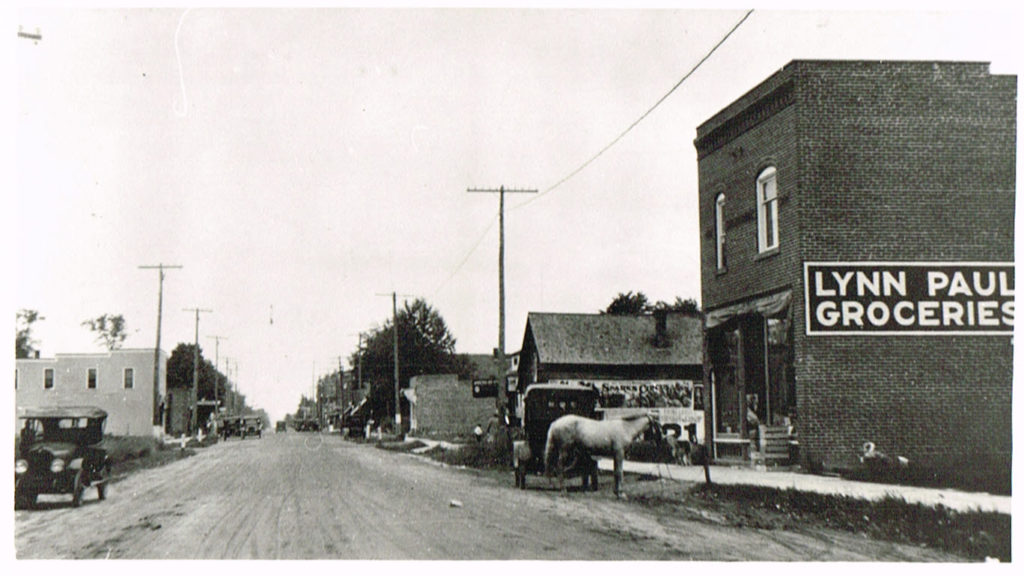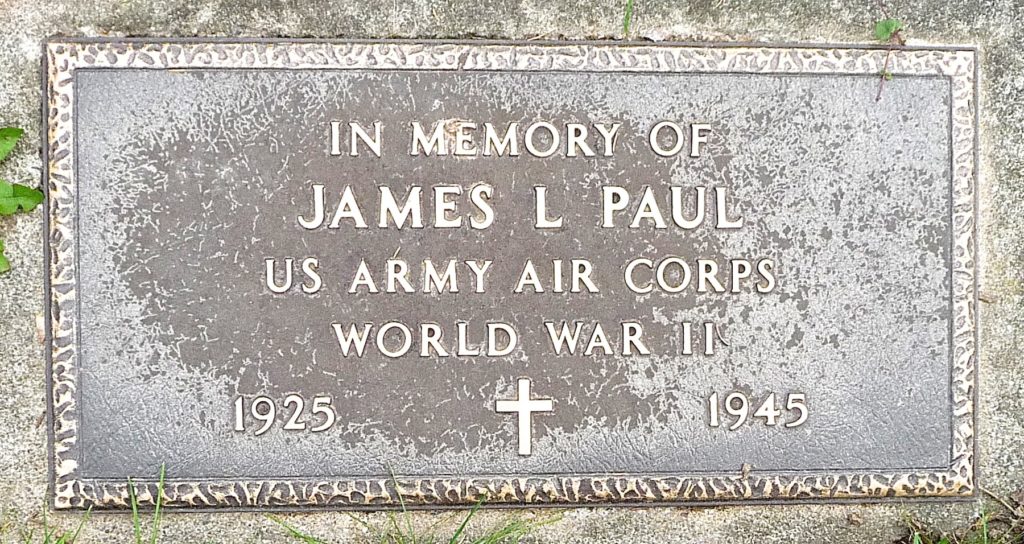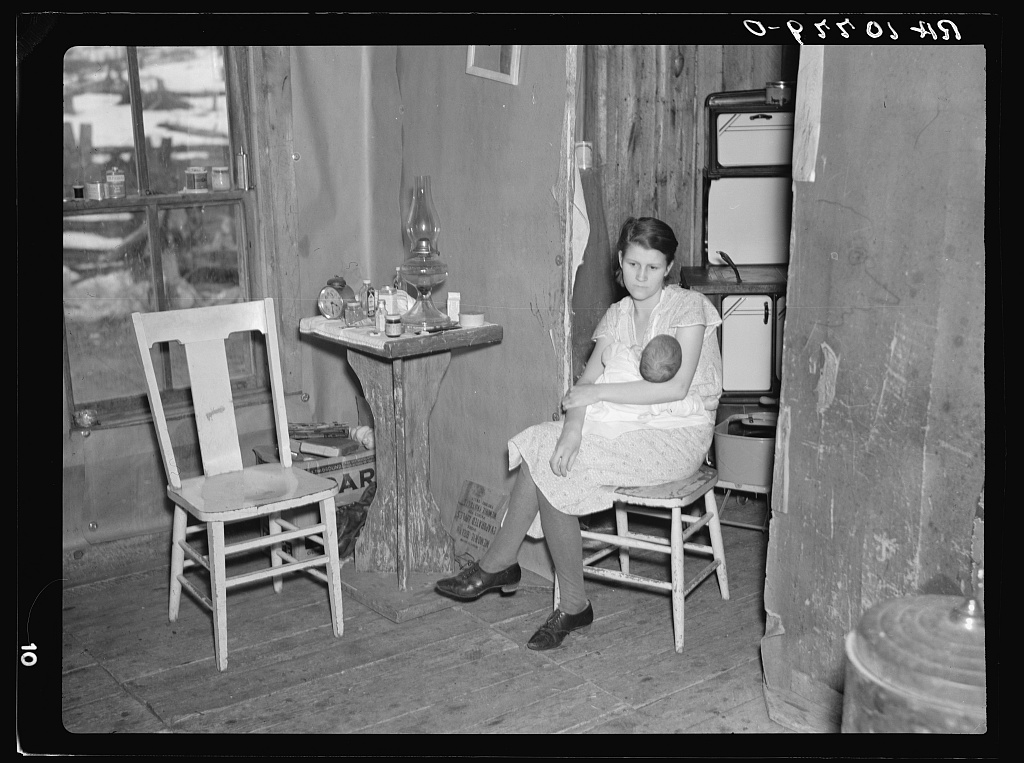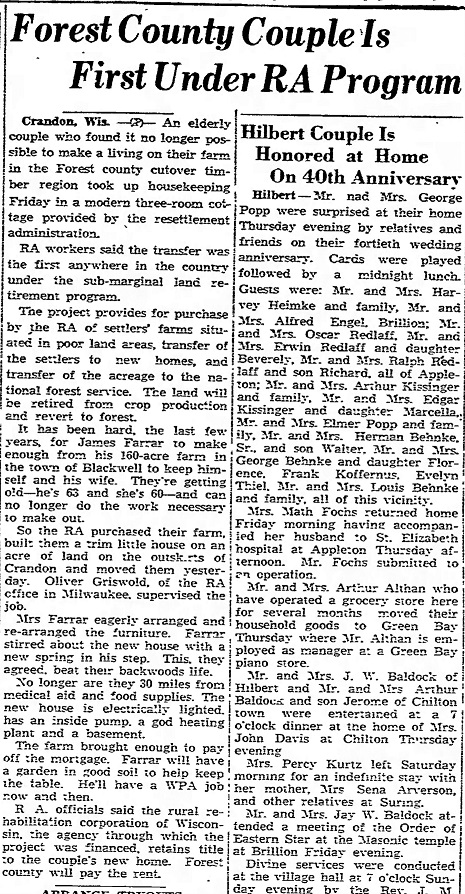Today, October 8, 2021, marks the 150th anniversary of the most devastating forest fire in American history, the Peshtigo Fire.
According to the Wisconsin Historical Society at least 1,300 people died in the Peshtigo fire that left 7,500 people homeless. Many people were not aware of the catastrophic nature of the fire due to the great Chicago Fire that made headlines the same day.
150 years ago the land that we now call Forest County was in the same political jurisdiction, Oconto County as the ill-fated Town of Peshtigo. It was not until 1880 that the large county of Oconto was re-mapped and various counties were created.
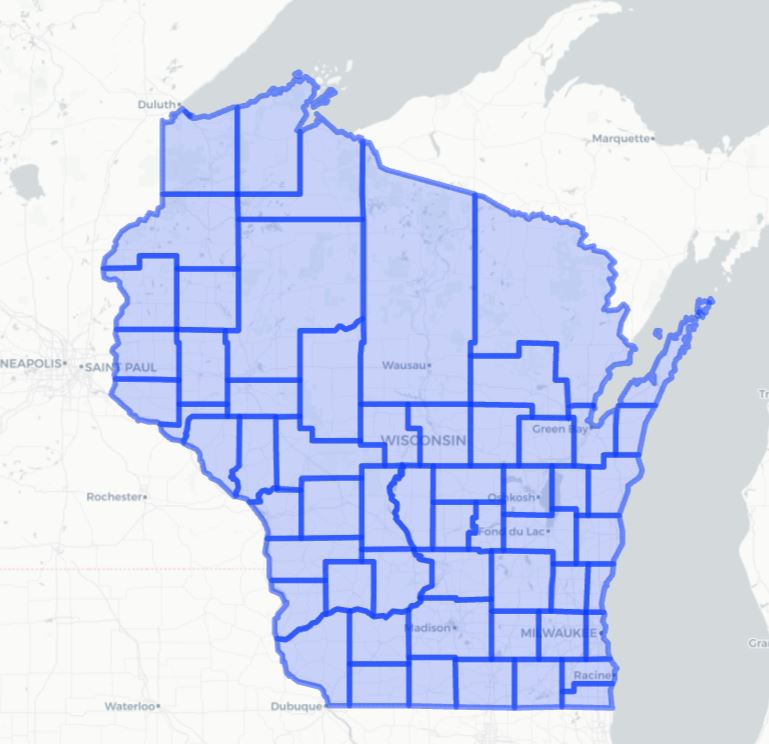
Date accessed: October 8, 2021]
Forest county archives begin upon the creation of our County in 1885, fourteen years after the fire but numerous mentions of the fire highlight the impact the fire had on the lumber industry, the fear of wild fire and the collective memory of those alive during that time-period.
One of the most interesting stories to note is the recognition that Peshtigo Fire survivors Mr. and Mrs. Alexander Deau moved from Peshtigo to Laona in 1901 and are buried in the Laona Cemetery.
Alexander and Mary Deau were both teenagers when the fire occurred in 1871. According to details published on the Family History website Find-a-grave, Alex Deau recalled that during the fire his father lowered his children “into a well with only a small amount [of] water at the bottom”. His wife Mary Grandaw Deau told her grandchildren the story of the fire which included “how her dad got heavy winter coats and her mother got the other children. They all ran into the river, put the wet coats over their heads and [she told us] how hot the river water was. That’s all that kept them alive.”
Alex and Mary were married a few years after the fire and had eleven children. The family moved to Laona in 1901 where Alexander was employed as a carpenter for the Connor Land and Lumber Co. Alex passed in 1945 and Mary in 1950. Two of their children, daughters Anna Harris and Laura Martin lived in Laona after their parent’s death.
A few of Laona’s families today can trace their roots back to these two children. Anna Harris’ daughter Iola married John Novak and Laura Martin’s daughter Verna married former Town Chairman Edward Bowling.
While this anniversary may serve as a grim remembrance for those who did lose their lives in the fire, it is also an opportunity to reflect on those that survived and the stories they preserved. If you are aware of any additional stories connecting Forest County to the Peshtigo Fire, we’d love to hear them. Email us at forestctyhistory@gmail.com or comment here.
https://www.facebook.com/plugins/video.php?height=314&href=https%3A%2F%2Fwww.facebook.com%2FNBC26GreenBay%2Fvideos%2F396094278639892%2F&show_text=false&width=560&t=0
